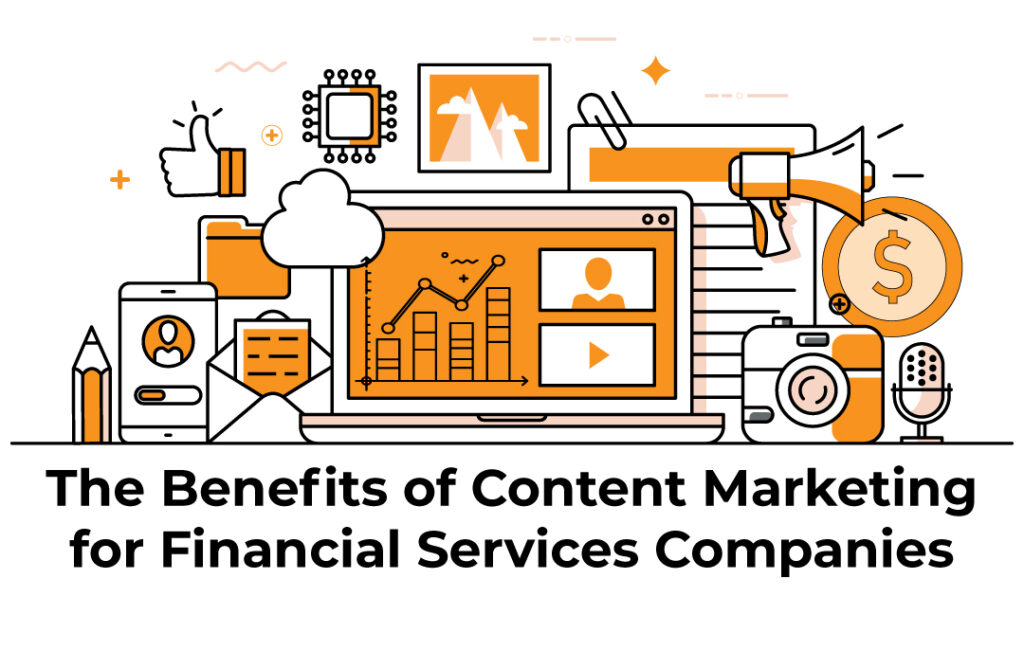Content is king. But how do you find, curate and produce content that your users actually like? Today, we’re drilling into three consumer-centric rules to live by to help you produce engaging content that your users will love.
Here we go!
1. Forget about sales (for now)
As marketers, we’re naturally driven to maximize sales. What’ the ROI of an activity? How much is a blog post worth?
These are worthy questions because they inform our marketing mix so we can focus our energy where it’s going to do the most good. And content shouldn’t be exempt from those metrics.
What needs to change is the timeline that it happens in.
Web content strategies frequently forecast sales long before a piece of content will come to fruition. But for content, your ROI should be based on each piece over the long term.
For example, say you write a blog post that drives 10 leads a month. Those will, eventually, add up to some serious money since your blog post is effectively already created — you don’t need to do any extra work.
So the ROI is longer for most of the collateral you’ll produce.
But in the meantime, don’t create content with the goal of “driving sales”. Your users will see through you, and you’ll drive your engagement, share and reach down the tubes.
2. Be mindful of your user’s goals
If you’re not focusing on your sales goals, what should you be focusing on?
The answer: your user’s goals.
Why?
Because people consume content that’s relevant to them.
For instance, when you’re reading your LinkedIn or Facebook newsfeed, what stories do you click on? You might click on some clickbait-type stories (we all do) but the ones you’ll actually read are the ones that are relevant and helpful to you.
Your content needs to do the same.
The idea is that you make yourself as helpful as possible to your audience, even when they’re not ready to buy. Then, when (eventually) they are ready, you know who they’re going to think of and trust?
That’s right — you.
3. Create bite-sized web content
Finally, the best way you can create content people enjoy is to make it bite-sized.
There are a few reasons for this:
- People are busy. They are not going to sit down and read a 5,000-word essay about their problem. They’re going to read a 400-word bullet point summary.
- Bite-sized web content is what stands out on social media – people don’t want to invest hours of time.
- It will make your web content better. It forces you to focus on what’s really important and cut out the fluff.
Bite-sized web content can also be created with clear formatting:
- Small paragraphs (they are easier to read)
- Lots of headings
- Frequent summaries (not just at the end)
- Active tense verbs (instead of passive)
- Short sentences (in general)
- Plenty of bulleted and numbered lists
Wrap up
The overarching goal of content is to help your bottom line. But to get there you first need to drive engagement, clicks and shares. You need to produce content that people care about.
So don’t focus on sales. Focus on creating content that’s useful to your readers, provides utility and gives them a reason to spend their precious time consuming your web content.
When you produce web content never forget that you’re asking your audience for their most valuable asset: their attention, and their time.
Developing content that engages your customers is not easy. Luckily, we can help! Contact us today for help creating a content marketing strategy that fully captivates your user’s attention.






